As we age, our eyes undergo various and numerous changes. One of the most common age-related vision changes is called presbyopia, a refractive error that makes it hard to see things up close. A natural part of aging, understanding presbyopia and how to adapt can significantly improve your quality of life. In today’s article we’ll learn more about presbyopia, what symptoms to look for, and the various methods of treatment.
A Brief Anatomy of the Eye
Before we dive into how presbyopia works, we need to know some terminology of the eye:
- The Cornea – Light first enters through the cornea, a clear front window-like group of cells that transmits and focuses light into the eye. This is the layer where LASIK, SMILE, and PRK vision correction procedures take place to correct refractive errors.
- Lens – Held in place by suspensory ligaments, the lens is the primary tool for focusing the light entering the eye onto the retina. The lens is transparent and can be replaced if necessary. The lens is flexible and can be tightened and stretched with a circular muscle surrounding it to change the focus of the lens depending on if you’re looking up close or far away. When people have cataracts, it is because the lens has started to become cloudy, and surgery is needed to replace the aging lens with an artificial lens.
Both of these structures work together to bend (refract) light onto the retina.
Understanding Presbyopia
Presbyopia is a process in which the lens hardens and can no longer change shape to focus on objects up close. It is a natural process that occurs in the lens and will happen to every human. Though presbyopia’s symptoms can begin at any age, it typically begins around age 40.
It is also important to know the differences between presbyopia, myopia (nearsightedness), hyperopia (farsightedness), and astigmatism. While all of these conditions affect either the cornea or the lens, they are not the same.
Myopia and hyperopia are errors somewhere in the anatomy of the eye. With these conditions, the eye grows either too long or too short from front to back. A problem in the shape of the cornea can result in light not getting focused perfectly onto the retina or the lens can be misshapen resulting in the same effect.
Astigmatism occurs when either the cornea or the lens is a different shape than it should be. The cornea and lens are usually circular, but with astigmatism they may be slightly oval in shape. This makes light bend in different ways as it hits the retina, resulting in stretched or squished images.
Presbyopia is not a defect in the development of the eye but can be corrected in similar ways. Presbyopia will affect nearly every single human that lives past the age of 50. Thankfully, the same tools we use to fix myopia, hyperopia, and astigmatism can be applied to presbyopia with a few minor changes.
Symptoms and Diagnosis
Common symptoms to look for include:
- Difficulty reading small print
- The need to hold reading materials at arm’s length
- Eye strain when working on up close tasks
- Headaches when working on up close tasks
- Blurred vision at normal reading distances
If you’ve started to develop any of these symptoms, it is time to talk to your eye doctor at your routine, annual eye exam.
Treatment Options
Thankfully, there are many different treatment options when it comes to presbyopia. Options that fully treat presbyopia include:
- Refractive Lens Exchange (RLE) – Sometimes it is easier to just completely replace the broken part, the lens. In RLE surgery, your eye doctor will remove your eye’s natural lens and replace it with an artificial lens. This artificial lens can either be multi-focal like with glasses or contacts, or they can be mono-focal, with each eye able to focus on a different distance. The added benefit of RLE is it is also the same procedure for removing contacts. Once you have had RLE surgery, you won’t need to worry about developing cataracts later down the road.
- LASIK – Yes, LASIK and other refractive eye procedures can be used to correct presbyopia. The eye doctor will correct one eye for distance and one eye for near or intermediate vision, much like with mono-focal contact lenses. While LASIK and other refractive procedures do not replace the lens itself, they are permanent and will typically result in not needing further intervention.
Options that treat the symptoms of presbyopia, kind of like a “band-aid” include:
- Reading Glasses – These glasses magnify print, replicating the effects of the eye’s natural focusing ability.
- Bi-focal Glasses – These glasses have a built-in reading part to the lens. While bifocals can be used with people with no refractive errors such as myopia and hyperopia, they are more commonly used in addition to correcting these conditions.
- Multi-focal Glasses – Much like bi-focal glasses, multi-focal glasses are built-in to eyeglasses. The biggest benefit of multi-focal glasses over bi-focal glasses is they also correct intermediate distances and don’t have a noticeable line on the eyeglass lens.
- Multi-focal Contact Lenses – These contact lenses work the same way as multi-focal glasses. They have a small weight on the bottom of the contact lens to ensure the lens stays in proper orientation.
- Mono-focal Contact Lenses – Unlike multi-focal options, mono-focal contact lenses result in each eye seeing at a different distance. Usually, the dominate eye will be corrected for distance and the opposite eye will be corrected for near or intermediate vision.
Preventative Measures
Everyone on earth will develop presbyopia if they live past the age of 50. However, there are some things you can do to delay its development and progression. Maintaining a balanced diet rich in eye-healthy nutrients, AVOID SMOKING, and reduce excessive alcohol use can all help preserve your vision.
Protecting your eyes from UV exposure with UV blocking sunglasses is also essential for preventing the development of eye conditions.
Conclusion
Presbyopia is a natural part of aging, but it doesn’t need to hinder your daily activities. Understanding what presbyopia is, maintaining a healthy lifestyle, and selecting the right treatment option for you is key in managing the progression of presbyopia. Remember to schedule your annual eye exam with your eye doctor or give us a call today!




